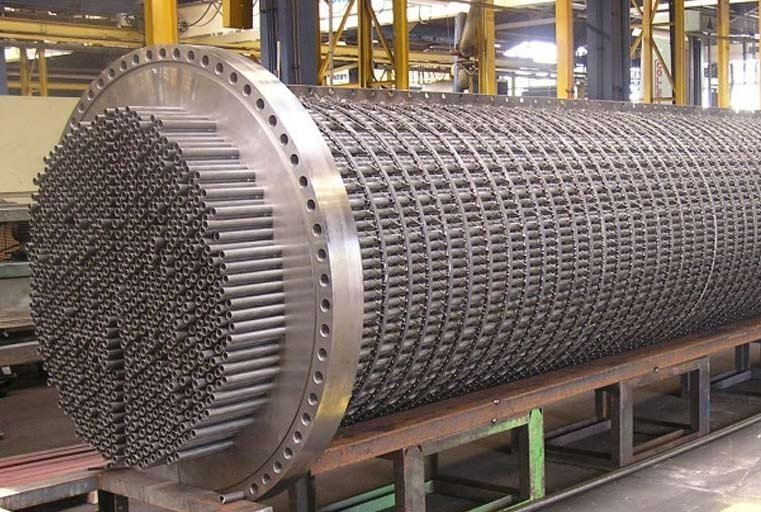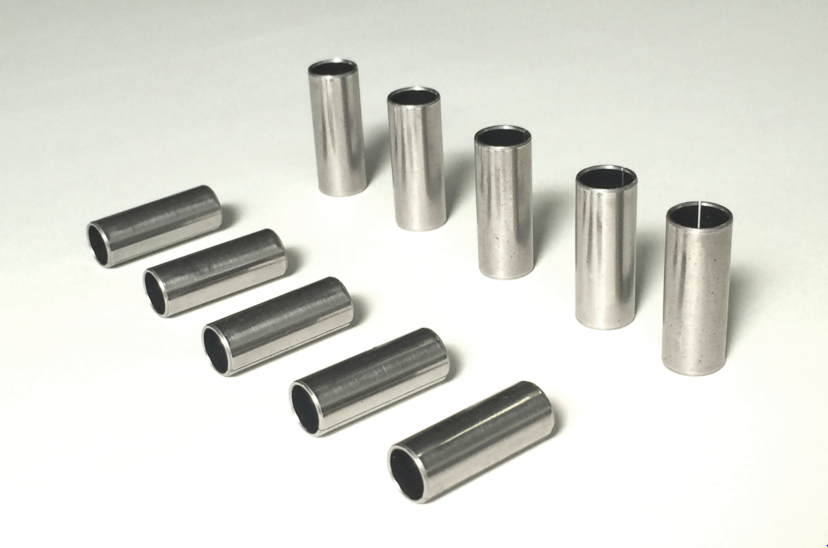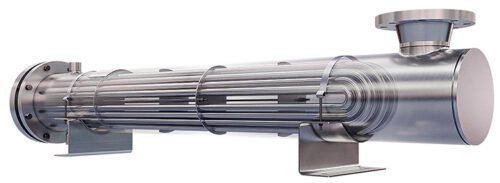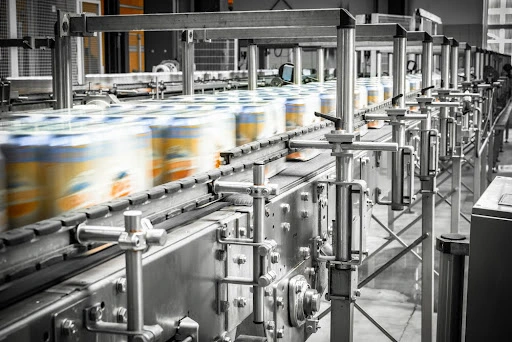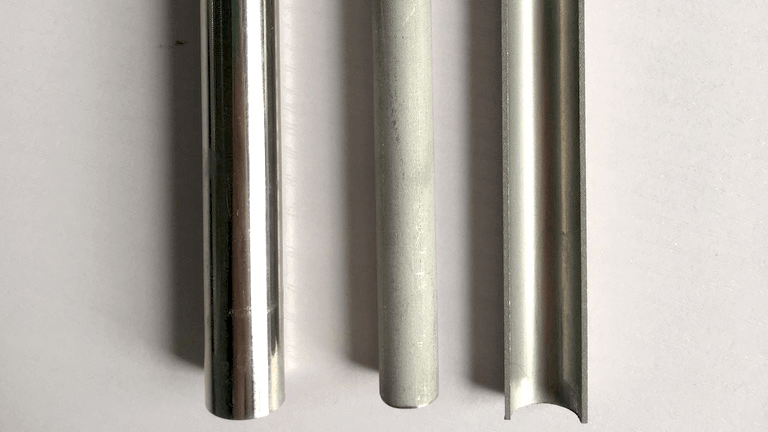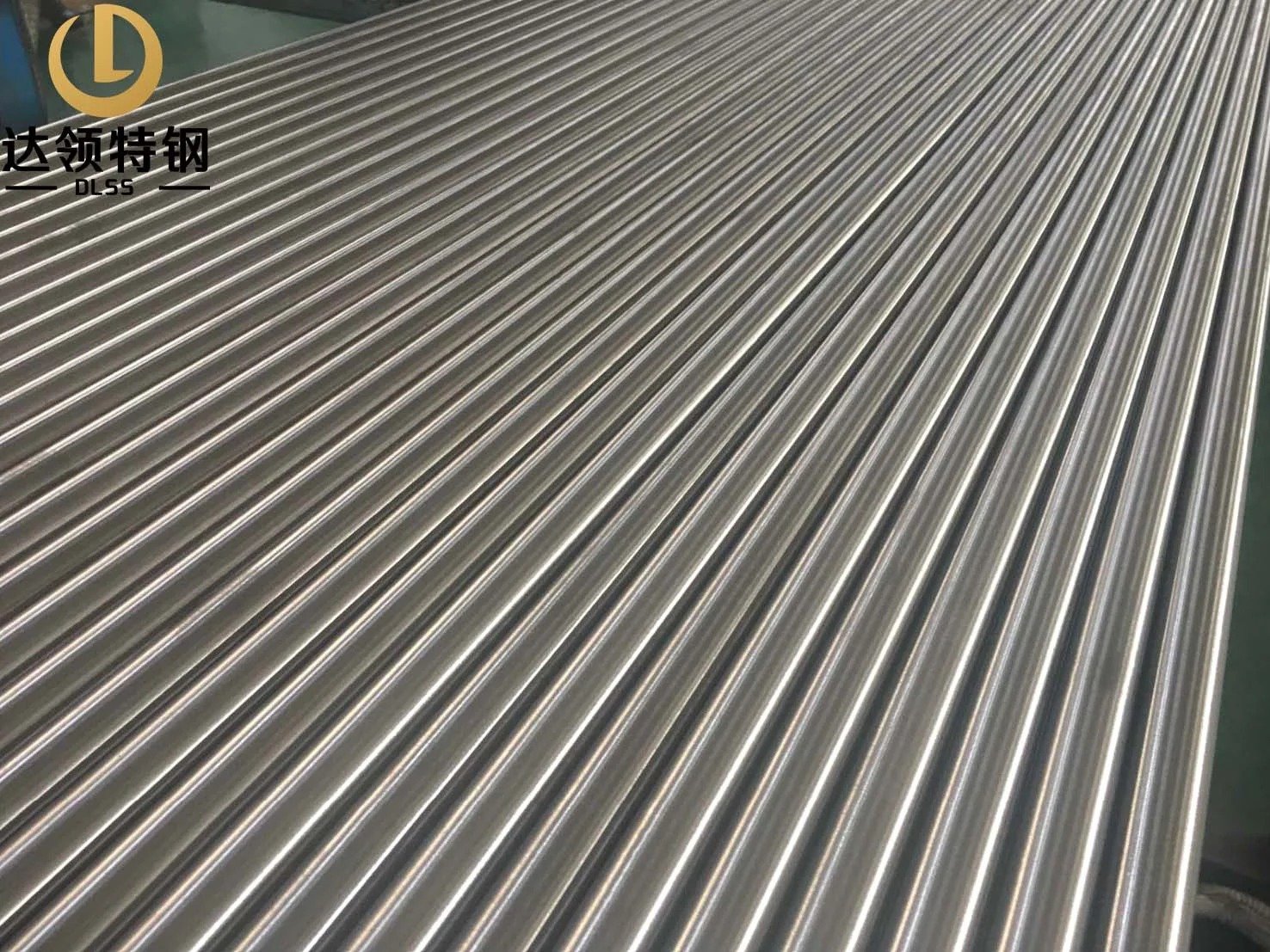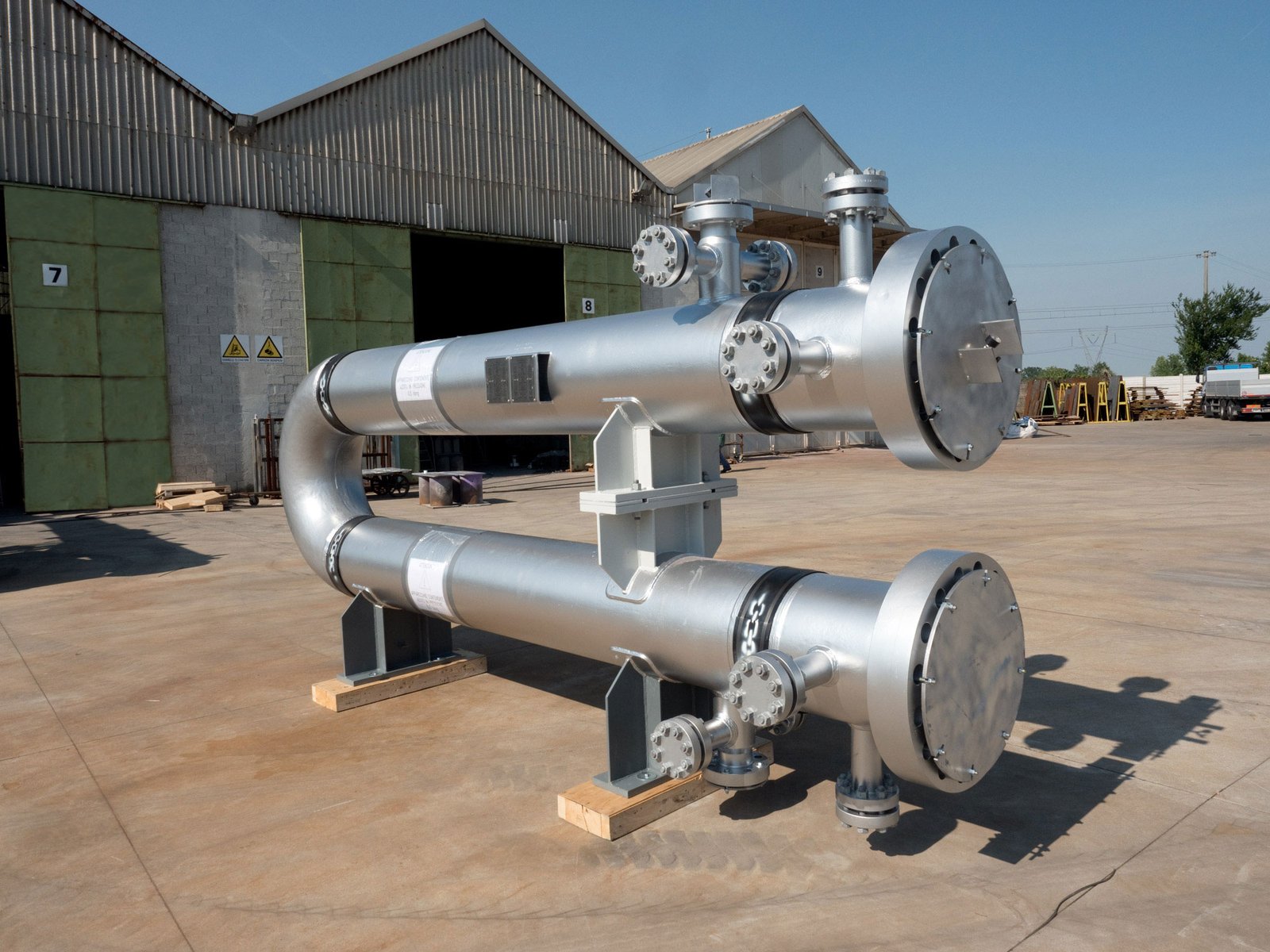1. Introduction
When selecting materials for industrial piping, heat exchangers, condensers, and boiler systems, engineers often compare galvanized steel with stainless steel. Both are corrosion-resistant metals, yet their mechanisms, durability, and long-term performance differ significantly.
At DLSS (Zhejiang Daling Special Steel Co., Ltd.), we manufacture and supply seamless and welded stainless steel tubes for demanding industrial applications worldwide. Below, our technical team explains the key differences between these two materials — helping you choose the right option for your project.
2. What Is Galvanized Steel
Galvanized steel is regular carbon or mild steel coated with a thin layer of zinc to protect it from corrosion.
There are three main galvanizing methods:
- Hot-dip galvanizing – immersing steel in molten zinc for a thick, durable layer.
- Electro-galvanizing – applying zinc through electroplating for thin, uniform coating.
- Thermal diffusion – zinc diffuses into the surface at high temperature.
While zinc acts as a sacrificial layer, it only protects the surface. Once the coating is scratched, the underlying steel becomes exposed and begins to rust.
3. What Is Stainless Steel
Stainless steel is an iron-based alloy containing chromium (≥10.5%), often with nickel, molybdenum, or titanium to enhance its corrosion and heat resistance.
Its key advantage lies in the passive chromium oxide film, which self-heals when scratched, ensuring long-term protection without coatings.
For harsh environments — such as marine water, acidic chemicals, or high temperature operation — stainless steel (especially 316L and duplex grades) far outperforms galvanized steel.
4. Comparison: Galvanized Steel vs Stainless Steel
| Property | Galvanized Steel | Stainless Steel |
|---|---|---|
| Corrosion Resistance | Protected by zinc layer; may degrade in chloride or acidic environments | Protected by self-healing chromium oxide film; excellent in chloride and acidic media |
| Durability | Coating may flake or wear off over time | Stable for decades with minimal maintenance |
| Temperature Resistance | Zinc layer deteriorates above 200–250 °C | Performs well up to 600 °C (316Ti) |
| Mechanical Strength | Depends on base carbon steel; moderate | Higher yield/tensile strength (esp. 316, duplex) |
| Maintenance | Requires recoating / inspection | Virtually maintenance-free |
| Weldability | Welding releases zinc fumes; requires re-galvanizing | Weldable; post-weld pickling & passivation restore surface |
| Lifecycle Cost | Lower initial cost but shorter lifespan | Higher initial cost, lower total ownership cost |
| Hygiene / Aesthetics | Rougher, less suitable for sanitary use | Smooth, clean surface for food, pharma, marine use |
5. Performance in Corrosive and High-Temperature Environments
- In marine environments: Zinc dissolves quickly in the presence of chlorides, while 316L stainless steel retains excellent performance.
- At high temperatures: Zinc melts at ~420 °C and evaporates at ~900 °C, making galvanized steel unsuitable for heat exchangers and boiler tubes.
- In acidic or alkaline media: Stainless steels containing molybdenum (such as 316L) show exceptional resistance to pitting and crevice corrosion.
DLSS Recommendation: For any heat exchanger, boiler, or pressure vessel operating with steam, hot water, or corrosive fluids — stainless steel is the only safe, durable, and maintenance-efficient choice.
6. Welding and Fabrication Differences
Galvanized Steel:
- Welding burns off zinc, releasing toxic zinc oxide fumes.
- The heat-affected zone becomes unprotected and prone to corrosion.
- Must be re-galvanized or painted afterward.
Stainless Steel:
- Can be welded using TIG or MIG with proper shielding gas.
- Surface restoration through acid pickling and passivation restores corrosion resistance.
- 316L offers superior weldability with minimal carbide precipitation.
At DLSS, all welded tubes and assemblies undergo 100% NDT testing (hydrostatic, eddy current, ultrasonic) and solution annealing, ensuring flawless weld integrity and long service life.
7. Cost and Lifecycle Considerations
While galvanized steel has a lower initial cost, its maintenance, recoating, and shorter lifespan make it more expensive over time.
In contrast, stainless steel’s total cost of ownership (TCO) is often lower when factoring in:
- Extended service life (20–30 years or more)
- Minimal maintenance requirements
- Higher residual value upon replacement
8. Typical Applications
| Application | Recommended Material | Reason |
|---|---|---|
| Heat Exchangers (Marine / Seawater) | 316L / Duplex Stainless Steel | Superior chloride resistance |
| Boiler Tubes & Superheaters | 316Ti Stainless Steel | High-temperature stability |
| Cooling Towers & Condensers | 316L Stainless Steel | Resistant to moisture and corrosion |
| Structural Supports in Dry Areas | Galvanized Steel | Cost-effective if corrosion risk is low |
| Food & Beverage Equipment | 316L Stainless Steel | Sanitary and easy to clean |
| Chemical Reactors / Fertilizer Plants | Stainless Steel (316Ti / 904L) | Resistant to acidic media |
9. DLSS Expertise and Quality Commitment
With over 30 years of manufacturing experience, DLSS supplies precision-engineered stainless steel tubes, finned tubes, and tube bundles for global heat exchanger and boiler industries.
Our advantages:
- Certified by PED, AD2000, DNV, BV, ABS, LR, NK, CCS.
- 100% ET / UT / PMI / Hydrostatic testing on every tube.
- Pickled, bright-annealed, or electro-polished surfaces.
- Custom U-tubes, low-finned tubes, and integral-forged tube sheets.
- Export packaging compliant with ISPM-15 standards.
Visit www.dlsspipeline.com to explore our full range of stainless steel pipes and tubes for heat exchangers, condensers, and boilers.
10. Conclusion
| Environment | Best Material |
|---|---|
| Coastal or Chloride-Rich | 316L / Duplex Stainless Steel |
| High-Temperature Boilers | 316Ti Stainless Steel |
| Indoor, Low-Corrosion Structures | Galvanized Steel (optional) |
| Sanitary or Chemical Systems | Stainless Steel Only |
DLSS Summary:
While galvanized steel provides basic protection in mild environments, stainless steel delivers unmatched durability, cleanliness, and corrosion resistance for critical applications.
For industries where downtime and failure are costly, stainless steel is the only long-term solution.
11. FAQ
Q1: Can galvanized steel be used for heat exchangers?
A: Not recommended. Zinc coatings can peel or corrode in high-temperature or chloride environments.
Q2: Why does stainless steel last longer?
A: Its chromium oxide film self-repairs and prevents deep rusting — unlike zinc coatings that degrade over time.
Q3: Which stainless steel grade is best for marine use?
A: 316L (EN 1.4404) or Duplex 2205 are ideal for seawater or coastal conditions.
Q4: Does DLSS offer technical support for material selection?
A: Yes. Our engineering team provides full assistance with grade selection, drawings, and inspection documentation.



